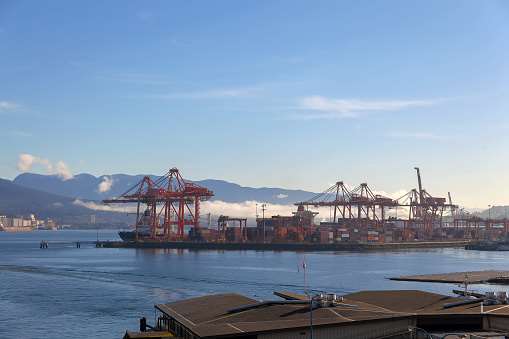Port of Vancouver saw increases in canola and specialty crop cargo
By Diego Flammini
Assistant Editor, North American Content
Farms.com
A strong demand for Canadian agricultural products contributed to the Port of Vancouver’s success in 2016.
A new report by the Vancouver Fraser Port Authority outlined trade commodities going through the Port of Vancouver.
And while some sectors saw their product volumes decrease, bulk grain shipments generally increased.
“The continued growth in grain volumes through the Port of Vancouver demonstrates the strong reputation of Canadian grain and reflects the expansion plans we are seeing for this commodity in particular,” Robin Silvester, president and CEO of the Vancouver Fraser Port Authority, said in a release. “Demand for Canadian grain from many countries is being met by farmers across Canada…”

Port of Vancouver
Photo: JPLDesigns/istock/Getty Images Plus
Total shipments of bulk grain set records for the third consecutive year in 2016, including:
- 21.8 million metric tonnes (MMT) of bulk grain through the Port of Vancouver, up 1.3 per cent from 21.6 MMT in 2015,
- 7.1 MMT of canola, a 9.1 per cent increase from the previous high of 6.5 MMT in 2012, and
- 4.2 MMT of specialty crops, including pulses and lentils. This volume is a 17.9 per cent increase from the previous high of 3.5 MMT shipped in 2015.
Meat, fish and poultry exports increased by 11 per cent since 2015, dairy products were up by 9 per cent and produce exports increased by 4 per cent.
But wheat exports decreased by about 16.4 per cent due to adverse weather conditions.